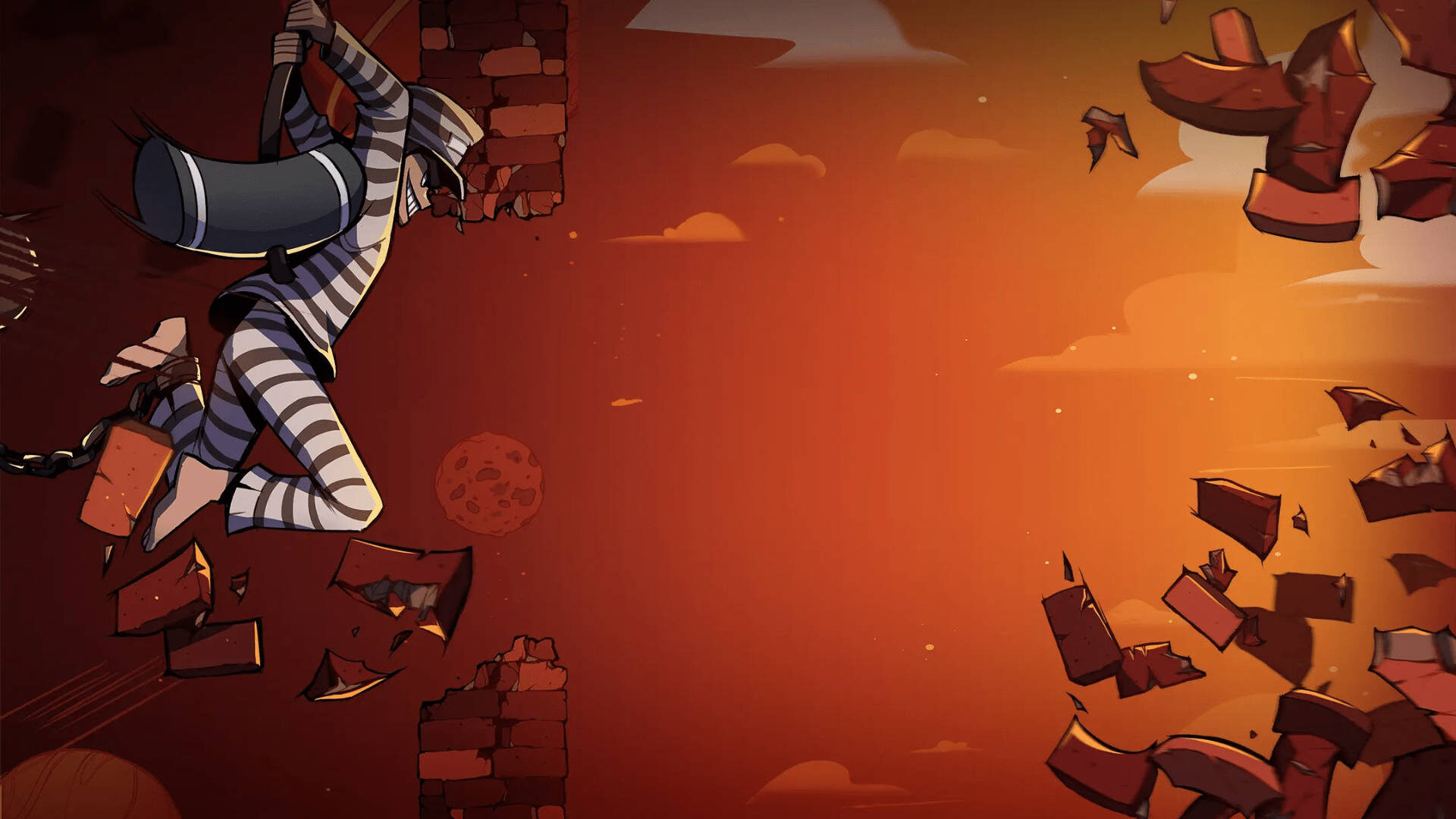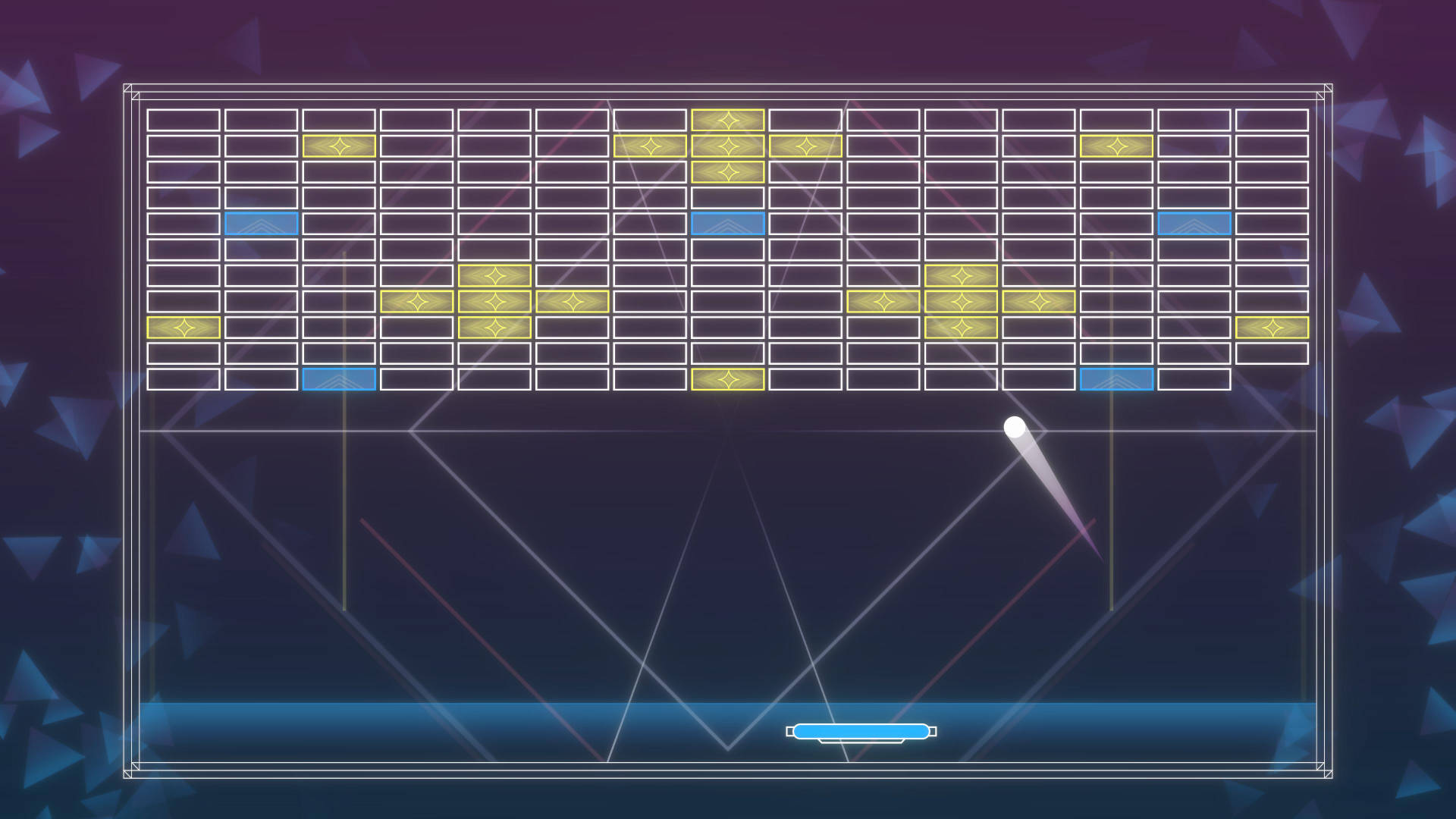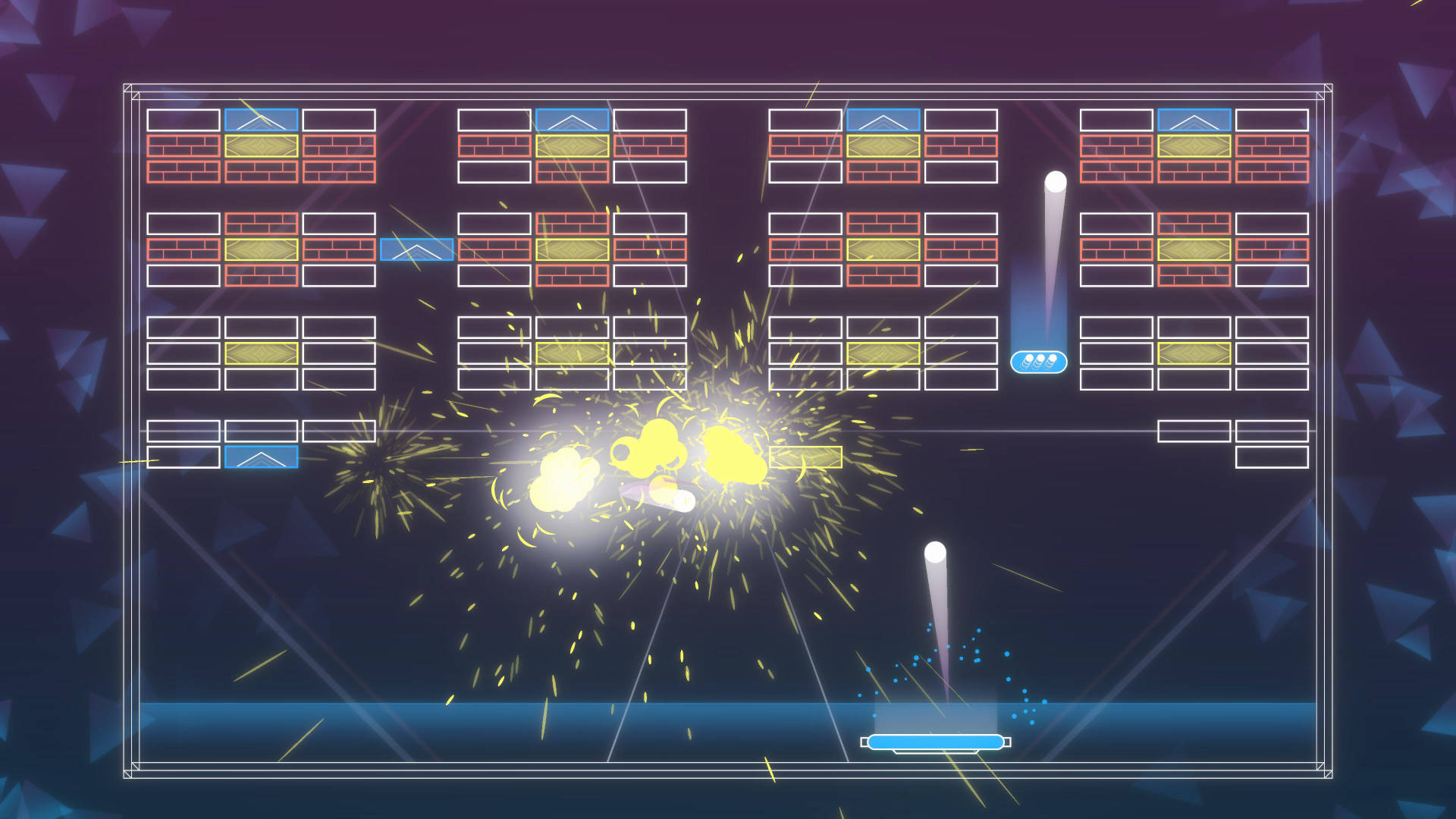Breakout Recharged Review
When I first got into video games as a child, Nintendo and Sega weren’t even a blip on the radar for most people yet. The name of the game was Atari, and it really was the name in games—well, unless you were one of those unfortunate kids whose parents stuck them with a Colecovision or Intellivision. For a time, Atari was so big a player that even movies like Blade Runner referenced the company being alive and well far into the future.
Yet now, here in that future, Atari is a name that I’m willing to bet far more people don’t know than do, unless it’s from a t-shirt randomly found at Target or a pleather wallet sitting in a dark corner of Hot Topic. Atari does exist today, but it’s not the real Atari once formed by scrappy upstarts in Sunnyvale, California. The new Atari, in an attempt to see some return on the brands and properties it picked up the rights to, has released some incredibly ill-conceived, or at least misguided, products and software across its lifetime.
One incredibly large exception to that, however, has been the company’s line of games released under the “Recharged” banner. The series kicked off in the summer of 2020 with Missile Command Recharged, a beautiful and well-designed modern update to the classic 1980 arcade hit. Following that, we received Asteroids Recharged, Black Widow Recharged, and now this week, Breakout Recharged. I’ve been incredibly impressed with the line-up until now, as the developers working on these remakes—AdamVision Studios and Sneakybox—seem determined to put a lot of work into maintaining the core simplicity and addictiveness of the classic versions while crafting an updated visual and aural design language shared across all of the titles. The result has been experiences that not only feel both familiar and fresh, but which also feel like part of the same family, rather than random remakes tossed out by a variety of studios that all have different ideas for how to accomplish those goals. (I won’t name names, but there’s a particularly infamous retro-inspired undertaking currently going on that could really learn from what Atari is doing here.)
Unfortunately, while Breakout Recharged is the newest release in the series, I also think it’s easily the weakest. The problem is, Breakout is a really hard sell in this modern era given its incredibly simplistic gameplay, and has long been replaced by far more compelling offerings such as classics like Arkanoidor more modern genre entries like Wizorb. Whereas I’d argue the original versions of Missile Command, Black Widow, and Asteroids can still be enjoyable today, I can’t say the same for Breakout. The devs have certainly tried to make things more interesting here, but I don’t know if that effort went far enough.
Breakout Recharged’s main mode is Arcade, which you can play either solo or in local co-op. Before you begin, you select from one of three modes: Recharged, where you only have one life and have access to power-ups; Classic, which offers three lives but no power-ups; and Classic Recharged, which gives you both the life bump and the special items. Arcade is always the same series of brick patterns, with the goal being to see how long you can last, and how high of a score you can achieve, before losing all your lives. I’ve had plenty of fun in my time playing the Arcade mode, as I always enjoy a good score chase, but the lack of both graphical and brick pattern variety can definitely wear thin after a while.
The game’s other mode is Challenges, which has a lot to sink your teeth into when you get bored of attempts at high scores. The long list of challenges feature their own unique brick patterns, and while some are about reaching a particular score, others focus on clearing out all of the bricks, surviving for a set amount of time, or achieving other specific win conditions. The challenges are a lot of fun, some of them are definitely tough to complete, and every one of them offers a leaderboard of some sort, which I always appreciate. Overall, the mode is a great addition to the game, but I do wish it’d get more tweaks to its interface, as it’d be nice to be able to actually see how many locked challenges remain as you play. As it is now, you’re just kind of completing missions without knowing how much progress you’ve made or what awaits beyond the next few stages.
I don’t really enjoy coming across as negative about Breakout Recharged, because there’s nothing deeply wrong in anything it does. It’s a quality effort from teams who seem to genuinely care about making good games, and it does try to push the Breakout formula forward in some areas—such as a roster of power-ups that feature abilities I’m not sure I’ve ever seen in other brick-breaker games before.
It’s just, as I said before, Breakout has always suffered as a series due to its simplicity, and more couldhave been done here. The bricks can take an incredibly long time to travel down the screen, and once you clear one set out, there’s a break in the action when nothing happens until the next set arrives. Why not give me the ability to adjust the overall game speed and brick spawn rate, without just cranking up the speed on everything (such as the ball)? There are some really intense patterns in the Challenges mode, where things get hairy as bricks continually get close to the fail line. It’d be nice to also feel that higher intensity in the Arcade mode should I want to.
Why not go the Japanese “caravan” route and have a mode specifically focused around a crazy amount of bricks descending where I’m trying to see how high a score I can get in a set interval of time? Or what about a mode where the brick patterns are totally random, so I never know what to expect? The argument might be that such a level of extra effort wasn’t put into the previous Recharged games, so it might feel weird to do so here—but again, I worry that Breakout, even updated, is simply going to feel too simplistic for a lot of people out there, even when compared to other “simplistic” classic games like Asteroids or Missile Command.
There are then a few other areas where Breakout Recharged misses the mark. While it does have a lot in common with its siblings, the game’s artistic design just doesn’t have the same impact as those other releases, resulting in it being the least impressive on a graphical level. At least on Switch, there’s some occasional slowdown when a lot of visual effects are going on, which can be rough, as any delay in knowing where the ball is can mean quick death. (Oh, and absolutely turn off screen shake right from the start.) Finally, and weirdly, you can’t use the directional buttons to move your paddle, or even for navigating menus.
When I say that Breakout Recharged is the weakest of the Recharged series, I do so more from adoration for the work that’s gone into these projects, and less as condemnation for this particular game. I’ve legitimately enjoyed my time with this latest offering, but I also must acknowledge that my experience may be the exception, not the norm. If you’ve been curious about Atari’s line of reworked classic arcade hits, then start with any of the other options already available. If you get through those three and still want more, or if you’re a big enough fan of Breakout clones to want to try a new take on the game that started it all, then I’d suggest you consider breaking out your wallet for a copy of Breakout Recharged.
| C Average | Atari’s Recharged series has produced some fantastic remakes of classic arcade hits, but that series’ latest entry, Breakout Recharged, is definitely its weakest so far. That’s less the fault of the dev teams or the work they’ve put into these releases, and more the core game itself, as the original Breakout could only receive so much modernization before becoming a totally different game. The result is that Breakout Recharged will satisfy a specific segment of players who can enjoy its more simplistic gameplay, while leaving most everyone else wishing there’d be more to see and break here. |
| Breakout Recharged was reviewed using review code, physical copies, or hardware provided by Atari. Scores are graded on a scale of E (Bad) to S (Special) in homage to Japanese video game grading scales, with the understanding that an S still does not denote a "perfect" score. Scores may have been adjusted from the original source to better fit my personal scale. | |



